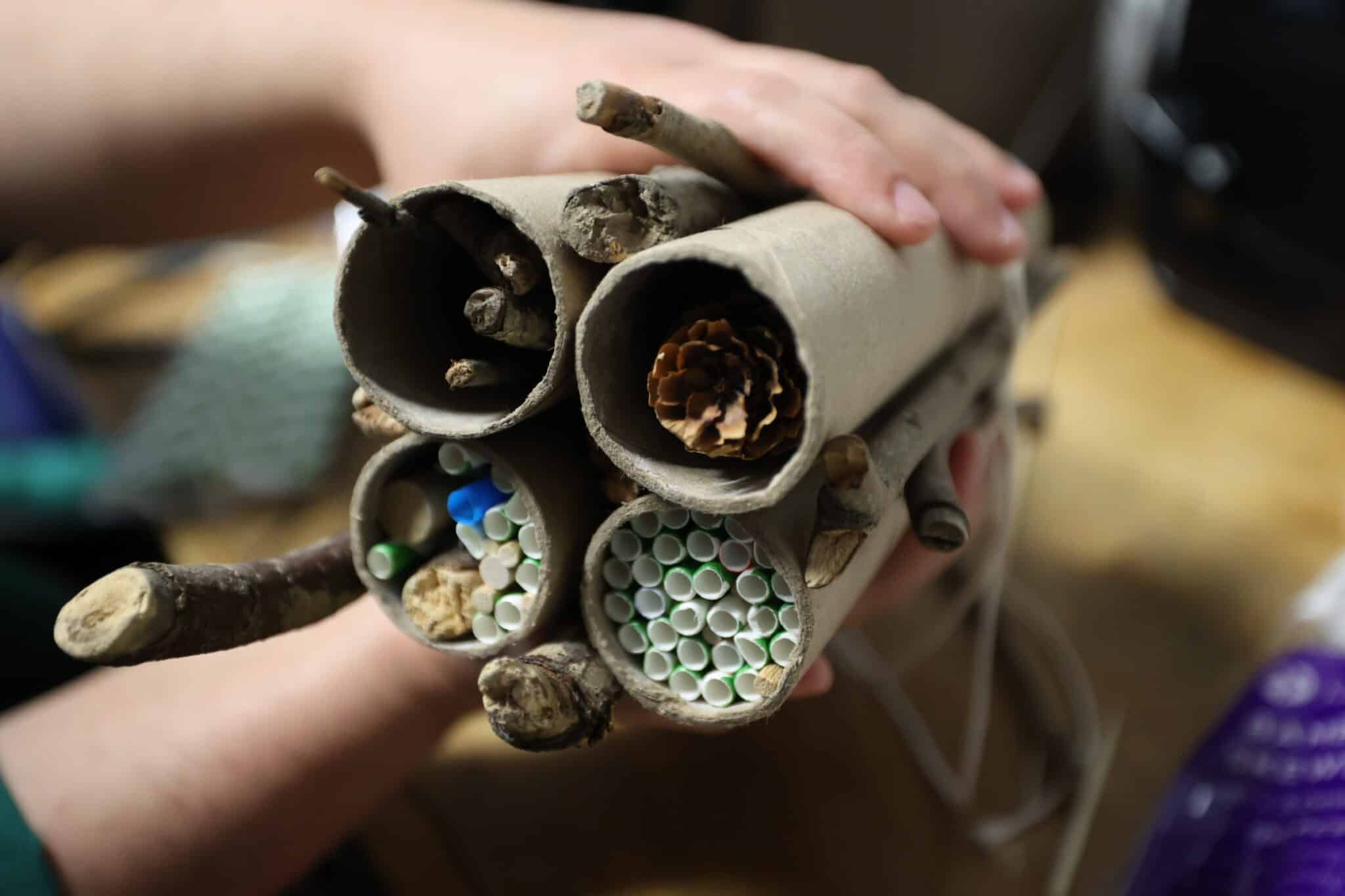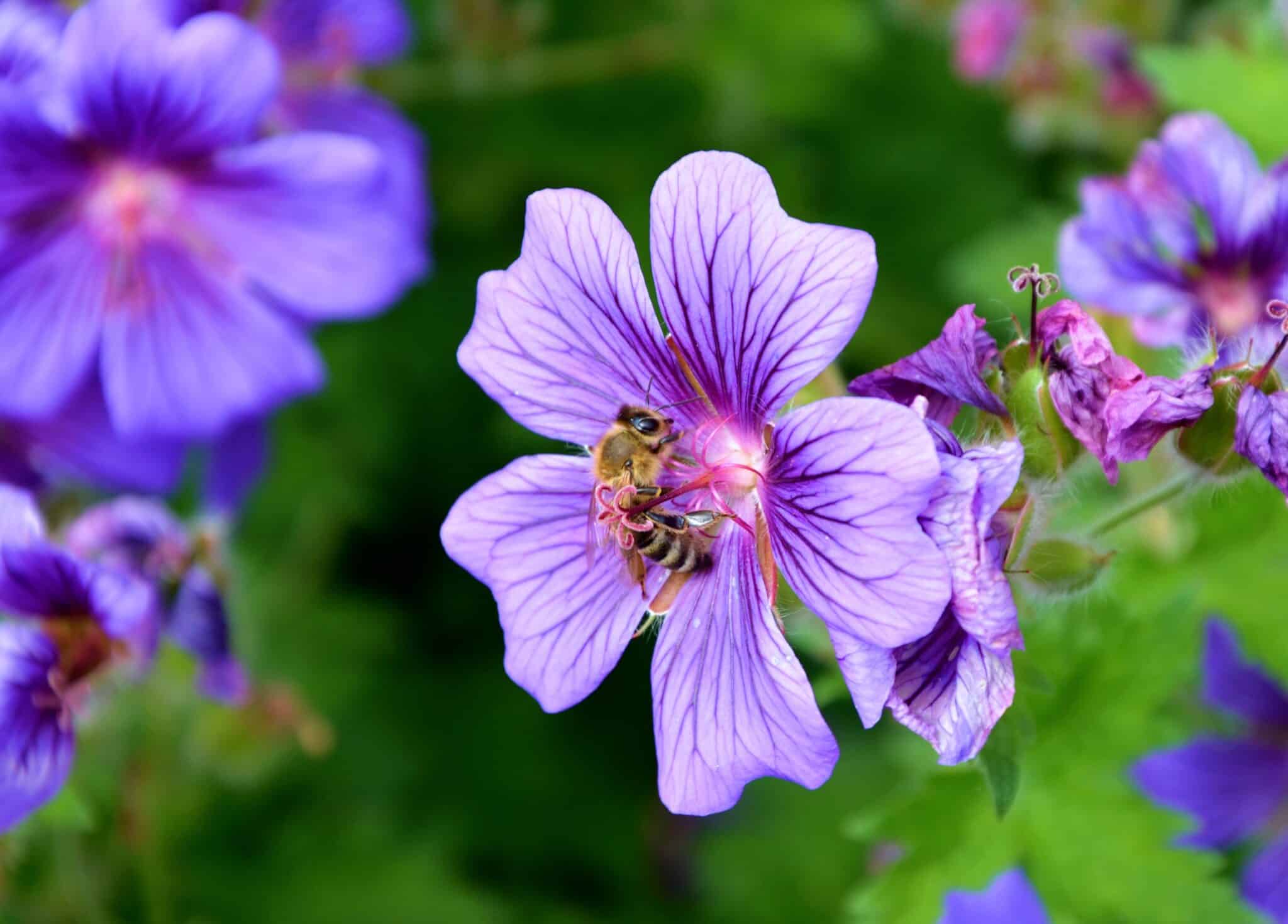Mindful Beehavior
Every spring, Portland, Oregon—nicknamed the City of Roses—blooms in dazzling bursts of color and fragrance. The rose gardens that dot its landscape are more than tourist attractions or photo backdrops; they are living laboratories where one of nature’s most vital partnerships takes place: the collaboration between flowers and pollinators. World Bee Day, observed on May 20th, shines a spotlight on these unsung heroes of ecosystems and agriculture. Understanding the story of bees and pollinators is more than a lesson in biology—it is a call to environmental justice, community inclusivity, and cross-cultural awareness.
A Day Fit for a Queen Bee
Established by the United Nations in 2017, World Bee Day commemorates the birth of Anton Janša, a pioneer of modern beekeeping from Slovenia. The holiday aims to raise awareness of the essential roles bees and other pollinators play, as well as the threats they face from habitat loss, pesticide use, monoculture farming, and climate change.
Beyond ecological concerns, World Bee Day is also an opportunity to address the inequities within environmental conservation. Historically, environmental advocacy has excluded Indigenous voices and communities of color. Yet, these communities are often the most affected by biodiversity loss and have deep, ancestral knowledge of ecosystem stewardship.
As urban beekeeping grows in popularity—from efforts such as the Portland Urban Beekeepers-it becomes essential to ask: Who gets to participate in these movements? Who benefits from the pollination of food systems? And who is left out?
Pollinators and Their Role
Pollinators—bees, butterflies, bats, birds, and beetles—are critical to the reproduction of 75% of flowering plant species and about 35% of global food crops. These tiny workers enable the production of everything from apples and almonds to coffee and chocolate. Without them, both ecological diversity and food security would be at serious risk.
Beeautiful Facts
Among these creatures, bees—especially honey bees—have received significant attention for their role in agriculture. In the United States alone, honey bees contribute more than $15 billion annually to crop value. Yet, they are not native to North America. Introduced from Europe in the 17th century, honey bees have thrived in managed colonies but are also linked to the displacement of native bee species and the disruption of local ecosystems.
Native bees, by contrast, often go unnoticed. The U.S. hosts around 4,000 native bee species, from tiny sweat bees to large carpenter bees. Unlike honey bees, many native species are solitary, ground-nesting, and incredibly specialized. Around 30–50% rely on specific host plants; this cooperative relationship means that if the bee species dies out so does the plant. In this way, pollinator conservation cannot be separated from broader efforts to preserve native plants and habitats.
Portland’s International Rose Test Garden is a botanical marvel, housing more than 10,000 rose bushes from around the world. But the city’s roses also tell a story of ecological interdependence. Roses are pollinated by bees, flies, beetles, and occasionally birds, depending on the variety. While modern hybrid roses are often bred for aesthetic qualities like color and fragrance, many traditional varieties remain reliant on pollinators for reproduction.
Yet, even the iconic rose is entangled in complex cultural and ecological narratives. European settlers brought roses to North America alongside honey bees. Meanwhile, Indigenous communities had long stewarded native flowering plants and supported pollinators through traditional ecological knowledge. Today, restoring native plants—including those not as showy as hybrid roses—is vital for sustaining native pollinators.
It’s easy to treat pollinator conservation as a modern, scientific issue. But the relationship between people and bees goes back thousands of years. Black communities have long cultivated deep, reciprocal relationships with bees and the land.
In African traditions, bees were revered as symbols of wisdom, creation, and spiritual connection. During enslavement in the U.S., African Americans used knowledge of plant-pollinator relationships to farm, survive, and pass down cultural wisdom—even using honey for medicine, resistance, and ritual.
Today, Black beekeepers and environmental educators are reviving this legacy. Organizations like The Detroit Hives and Black Girl Environmentalist show how pollinator conservation can be a tool for healing, empowerment, and food justice in communities of color
Long before Portland was “Portland,” it was home to Indigenous peoples who managed the land with profound ecological knowledge. The Chinook, Clackamas, Multnomah, and other tribes understood the importance of native plants and pollinators. Through practices like cultural burning, seed dispersal, and selective harvesting, they shaped meadows and forests that supported both people and wildlife.
This traditional ecological knowledge is vital today. Indigenous stewardship continues through land trusts, restoration projects, and cultural gatherings that honor the interconnectedness of all living things—including bees.
As the Xerces Society emphasizes, pollinator conservation must include Indigenous voices and leadership in planning and restoration efforts.
Buzzing Bellhops
Join us for a fun and eco-friendly Bee Hotel Activity where you’ll build a cozy habitat for solitary bees! Learn about the important role bees play in our environment and how you can help support local pollinators. Using natural materials, you’ll create your own bee hotel to take home and place in your garden, balcony, or backyard. Perfect for all ages—no concierge experience required!
- Cardboard tubes (like toilet paper rolls or paper towel rolls)
- Scissors
- Duct tape or string
- Natural Materials
sticks
pinecones
rocks
- Optional decorative materials (e.g. stickers, markers, or paint)
- A sunny spot in your yard or balcony

Gather all of the necessary materials for your Bee Hotel. Our example uses several large cardboard tubes, which we fill with a variety of different materials.
Using duct tape or string, fasten the tubes together into one cluster. You can make many different configurations. Our example resembles a honeycomb, perfect for Bees!
Using your natural materials, fill the tubes with paper straws and insert sticks around them to keep them in place. Pack each tube tightly enough that nothing can fall out. This might take some time and rearranging!
Once you are doing packing the tubes, personalize your bee hotel. Stickers, markers, or paint are great ways to make it inviting for both bees and humans!
What’s the Science?
Apiculture, or beekeeping, is one of humanity’s oldest and most enduring agricultural practices. Spanning millennia, it has evolved from rudimentary honey harvesting to a sophisticated industry integral to global food production, biodiversity, and cultural heritage. This section explores the world of apiculture and its profound importance in modern society, drawing on archaeological findings, scientific research, and cultural insights.

Evidence of beekeeping dates back over 10,000 years. Early humans likely began by harvesting honey from wild bee colonies. By around 9,000 BCE, in North Africa, humans started to cultivate bees in pottery vessels, indicating a shift toward controlled beekeeping . In ancient Egypt, beekeeping was well-established, with depictions of workers using smoke to manage hives and store honey in jars.
A significant leap in apiculture occurred in the 19th century with the invention of the movable-frame hive by Reverend Lorenzo Lorraine Langstroth. His design allowed beekeepers to inspect and harvest honey without destroying the hive, revolutionizing honey production and management.
In the 19th century, Polish apiarist Johann Dzierzon made groundbreaking discoveries in bee biology, including the phenomenon of parthenogenesis, or the way disease develops in a living organism, in bees. His work laid the foundation for modern beekeeping practices and earned him the title “father of modern apiculture.”
Honey bees, especially the species Apis mellifera, are essential pollinators for many crops. Around one-third of the food consumed by humans depends on insect pollination, with honey bees playing a major role. In the United States alone, honey bees contribute approximately $20 billion each year to crop production, supporting the growth of key crops such as almonds, blueberries, and cherries. Beyond agriculture, honey bees also help maintain biodiversity by pollinating wild plants, which support a wide range of ecosystems. A decline in bee populations can lead to reduced plant diversity and ecological instability.
The economic value of honey and beeswax is also significant. In the U.S., the annual value of the honey crop exceeds $300 million. Beeswax is widely used in various products, including candles, cosmetics, and pharmaceuticals.
Apiculture has strong cultural importance as well. In many cultures, bees symbolize hard work and community. Beekeeping practices are often passed down through generations, helping preserve cultural traditions and knowledge. Honey has long been used for its medicinal qualities, particularly its antibacterial properties, and other bee products such as propolis and royal jelly are valued in health and wellness treatments.
Despite their importance, honey bees face numerous threats, including habitat loss, pesticide exposure, diseases like American foulbrood, and climate change. These challenges have led to significant colony declines in some regions. The loss of pollinators in turn leads to the decline of biodiversity, which has serious consequences. Everything in nature is linked together. If one link breaks, the likelihood of the rest gets exponentially higher.
Conservation efforts focus on habitat restoration, sustainable farming practices, and research into bee health to mitigate these threats. Things such as planting pollinator friendly plants, informing others about pollinator decline, avoiding pesticides in your local communities, and providing space for new bees to grow all helps us bring back this vital part of the ecosystem. Bee stings hurt, but not having them around will hurt way more!